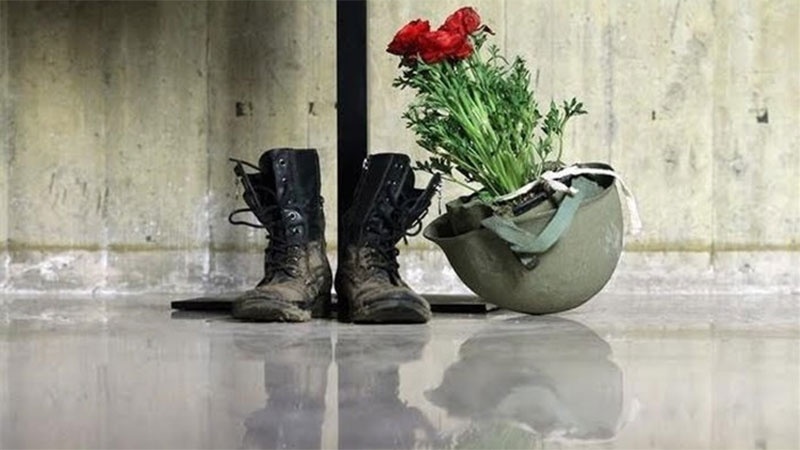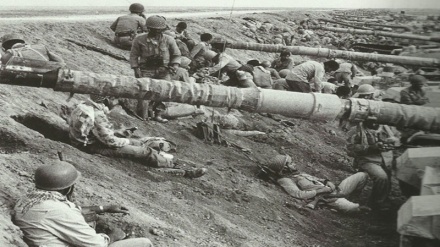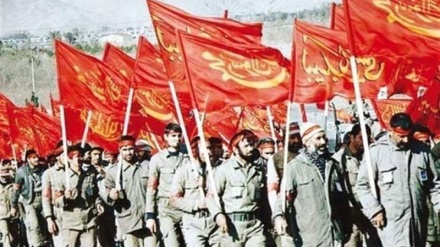Glimpses of Epic of the 8-Year Holy Defense (76)
In previous episode we discussed one of the successful offshore operations code-named Fath or victory in mid-1986. In this operation, Iranian forces, in cooperation with two Kurdish parties of Iraq's Kurdistan penetrated 200 kilometers deep into Iraqi territory as far as Kirkuk to inflict heavy blows on Iraqi economic centers and military centres.
This operation raised the spirits of Iraqi revolutionary groups opposed to the repressive Ba’th minority regime and increased the readiness of Jalal Talebani’s Patriotic Union of Kurdistan (PUK) and Masoud Barzani’s Kurdistan Democratic Party (KDP) to intensify their activities against the Baghdad regime. The Kirkuk attack that surprised Saddam, increased cooperation between Iran and Iraq’s Kurdish forces.
Iran marked 1986 as the year of victories and publicly stated that it will use all military means to end the war imposed by the US through Saddam. 1986 was another important year for Iran. In volume 2 of his book, "The Process of the Iran-Iraq War," Commander Hossein Alaei, explains that in the final years of the war, Iran had to cope with economic difficulties due to falling of oil prices to a mere $ 7 a barrel, and declining of oil exports as a result of Iraq's attacks on Iranian oil tankers and oil facilities, which led to reduction of crude oil production by one million barrels per day.
1986 also witnessed the disclosure of the secret visit of John McFarlane the US national security advisor of President Ronald Reagan to Tehran, to try to dissuade Iran through false offers of peace with a “cake, key, gospel and colt” from continuing the imposed war until total victory. The fiasco that followed led the US to increase its supply of weapons to Saddam and provide him with all intelligence. The US also imposed the second round of sanctions against Iran as a new form of pressure on the Islamic Republic. European regimes, as well as the Soviet Union and China also restricted the supply of spare parts to Iran. As a result, the military gap increased between Iran and Iraq. In August 1986, a group of senior CIA officials visited Iraq, and briefed Saddam on Iran’s preparation for launching a major operation. They said they will not let Iraq lose the war.
Although Saddam's regime benefited from the military aid of the US, the Soviet Union and some European countries such as France and Germany, in addition to the financial aid from the Persian Gulf states, it couldn’t match the firm resolve of the Islamic Republic to defend its sovereignty and territorial integrity.
The Baathist regime resumed its attacks on Iranian oil tankers and facilities in mid-1986 after a three-month halt. Some factories in industrial cities such as Tabriz, Isfahan and the Neka Power Plant were also targeted. The Iraqis also attacked the Parchin Installations, besides some garrisons and villages in western Iran. As a result, a large number of civilians including workers and employees of oil installations were martyred. Hamid Sha’ban, the then commander of the Iraqi Air Force, said after the attack on Iran's industrial centers and oil facilities: "This year will see a definite and rapid change leading to the end of the war to the benefit of Iraq. We will destroy all of Iran’s energy resources, especially its oil resources".
In fact, Iraq planned to destroy the Iranian economy by cutting off Iranian oil supplies to the world. On the other hand, in order to save itself from Iranian counterattacks, it used oil pipelines of Saudi Arabia and Jordan to bypass both the Persian Gulf and the Strait of Hormuz. The attacks on oil installations and OPEC's policy of obstructionism did their job, and as a result of damage on Iranian oil facilities, production and export of Iranian oil were virtually reduced.
In the midst of Iraqi air strikes on Iranian cities and facilities, the dictator Saddam once in August 1986 in a letter to the Iranian leaders, for the first time offered a five-point plan to end the war. The statement included "complete withdrawal from the borders", "full and comprehensive exchange of prisoners", "signing of a peace and non-aggression pact between the two countries", and "non-interference in the internal affairs of each other.
The Islamic Republic of Iran rejected this plan because it did not name the aggressor country and the issue of compensation to Iran. In early October of 1986, the UN Security Council issued Resolution 588, which Iran rejected because of the lack of clarity on the aggressor and the issue war of reparations. In response, Iran prepared a plan to carry out operations on the entire southern front to involving the three main axes of "Hoor", "East of Basra", and Shalamcheh. The plan was to mobilize 500 battalions on each axis.
FK/SS



